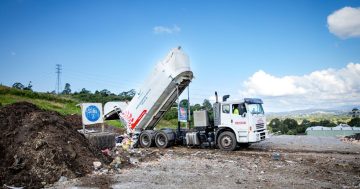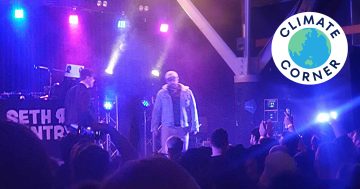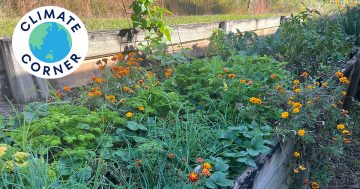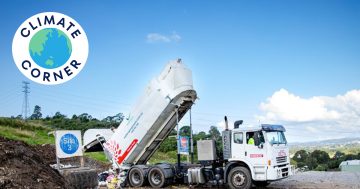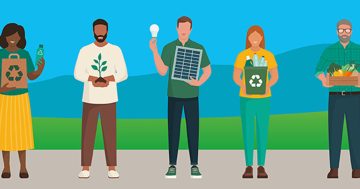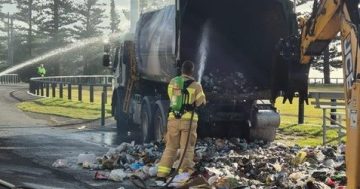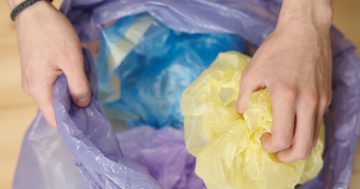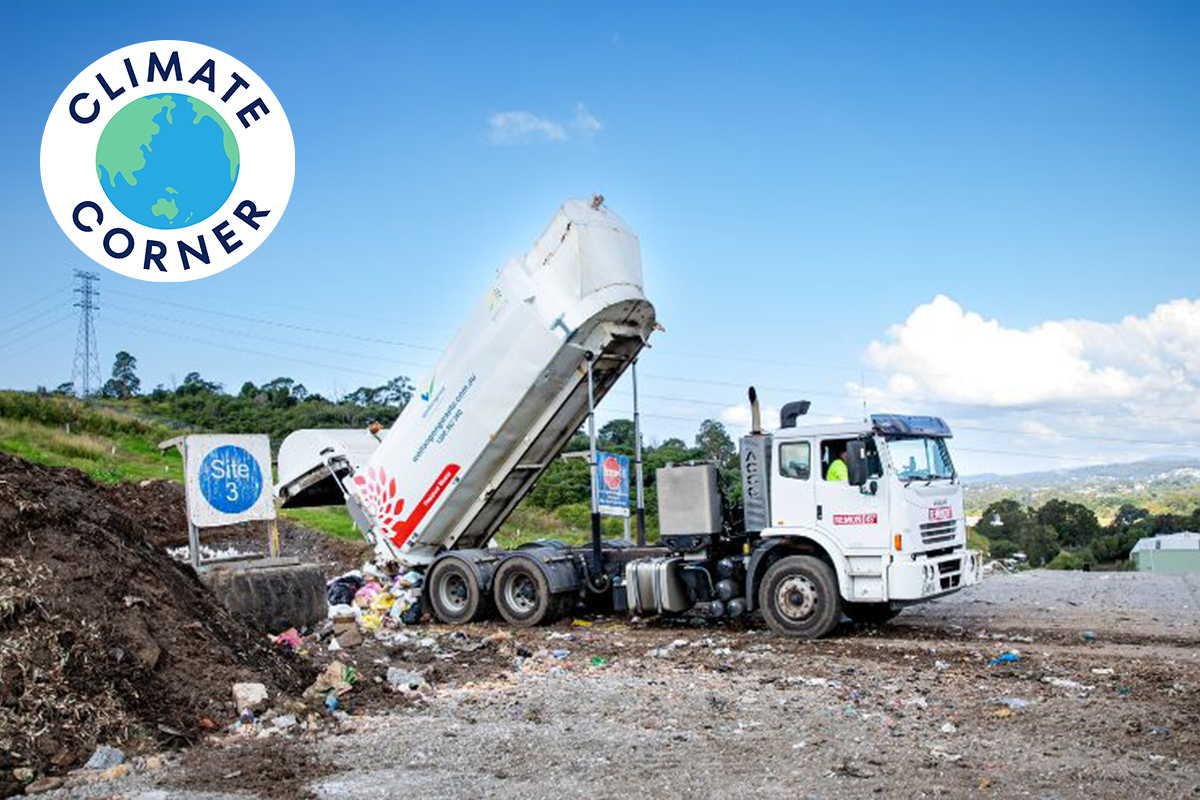
Our landfills are a limited resource – but there could be ways we can make them give back. Photo: Region/Wollongong City Council.
Sticking our rubbish in a hole in the ground works out about as well as you’d expect in the long term.
The potential for damaging rubbish, runoff and pollution to enter the environment means landfills are expensive to build and maintain.
They also take up huge amounts of space.
Luckily, one of our greatest environmental challenges also presents us with unique opportunities, and the Illawarra is at the forefront.
One of the biggest sources of emissions in landfill comes from organic waste – but it could become a thing of the past by 2030.
Earlier this year, the NSW Government announced Food Organics and Garden Organics (FOGO) collection services would be rolled out for all households by July 2030, and for businesses and institutions in stages from July 2026.
The Illawarra is ahead of the curve on this one – Kiama, Shellharbour and Wollongong councils had all rolled out FOGO programs by 2020.
Wollongong City Council manager of open space and environment services Paul Tracey said the benefits of FOGO went beyond reduced emissions.
“Our landfills are a finite resource, and we expect Whytes Gully to be full by about 2070,” Mr Tracey said.
“The more we can divert waste, the further we can prolong the life of the facility.
“This year alone, we’ve already diverted 28,000 tonnes of green waste and FOGO that would have gone to landfill.”
The council partners with SoilCo, which processes the organics into soil used in landscaping, including across council-managed sports fields and gardens.
Mr Tracey said community members doing their bit to sort waste into the appropriate bins was a huge help.
Council’s waste audits show about 30 per cent of material in the red-lidded bins could actually go in the green bins, and another 10 per cent could go into the yellow bins.
“Any food products, scraps, meat, bones, citrus, anything goes,” he said.
“The only thing you need to do is take any plastic stickers off – it’s SoilCo’s biggest frustration.
“Our community does fantastically well, and total contamination is about 1.3 per cent, but we’re hoping we can eliminate it completely.”
Waste that does end up in landfill – organic or not – still emits greenhouse gases such as carbon and methane.
Those gases can build up underground and have to be burnt off by flares to reduce emissions and lower the risk of fire.
Whytes Gully Landfill has 28 gas-extraction wells to remove and flare the emissions.
It comes to about 20,000 tonnes of CO2 annually, and is the council’s No. 1 source of emissions.
Much like the FOGO, though, there could be a positive outlet for all that waste.
The gas could one day support and onsite power generator to create renewable power.
“We’re working hard towards using that gas to generate power,” Mr Tracey said.
“It could power up to 1500 homes across the local government area.”
He said the council was about halfway through installing a power generator; however, there were challenges to overcome to obtain the appropriate planning approvals.
If you’d like to learn more about what happens to your FOGO, head along to a SoilCo tour.
The tours are advertised on Wollongong City Council’s website.









